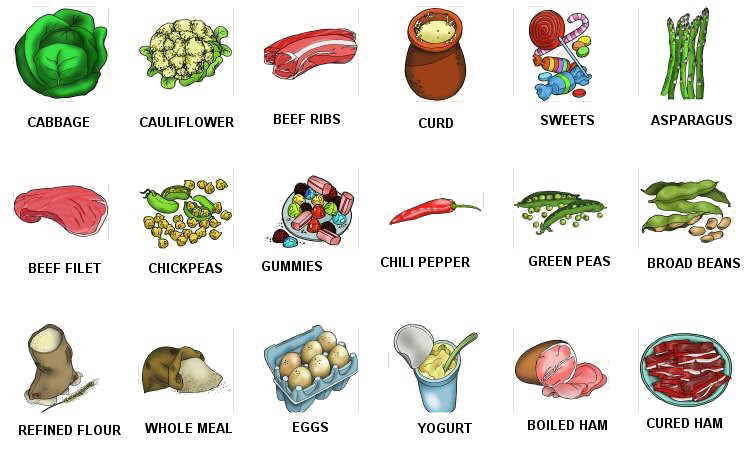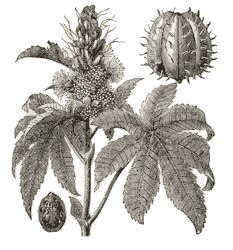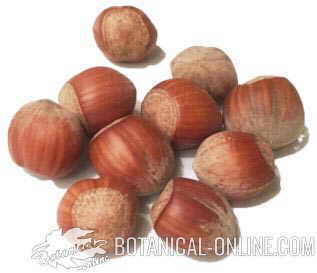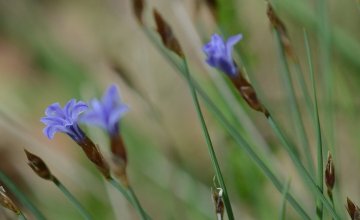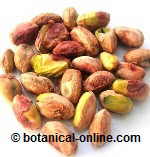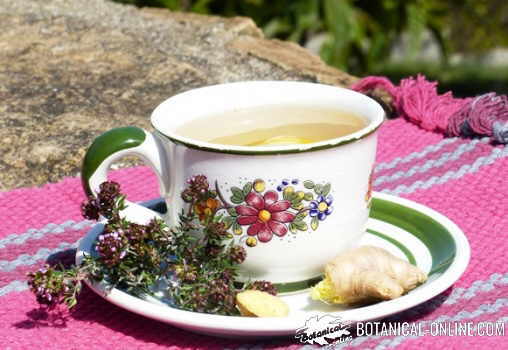Contents
What is a lavender plant?
Characteristics of lavender (Lavandula officinalis)
Common English name: Lavender, English lavender, true lavender, garden lavender, narrow-leaved lavender. ”
Common name in other languages:
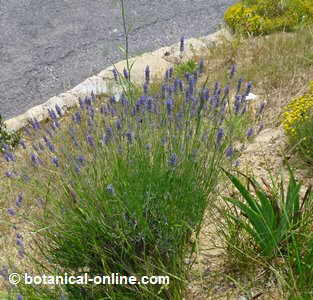 General aspect of lavender. It can be found in dry calcareous places either in the wild or as a decorative plant.
General aspect of lavender. It can be found in dry calcareous places either in the wild or as a decorative plant.
Scientific name: Lavandula officinalis Chaix, Lavandula spica DC., Lavandula latifolia (L.) Vill., Lavandula side DC., Lavandula angustifolia Miller. “Lavandula” word is derived from the Latin word “lavare” (washing), while the species name “spica” may come from “aspid ” (viper) because Romans thought that this snake slept under the plant.
*See: Lavender in other languages
Family: Labiatae
Habitat. Were to find lavender plants?
Common plant in the Mediterranean basin where it can be found in dry areas of calcareous and sun exposed soils.
Very common with other plants such as rosemary. Sometimes it forms hybrids with Portuguese lavender (Lavandula latifolia) called lavandins.
What is lavender like? Description of lavender
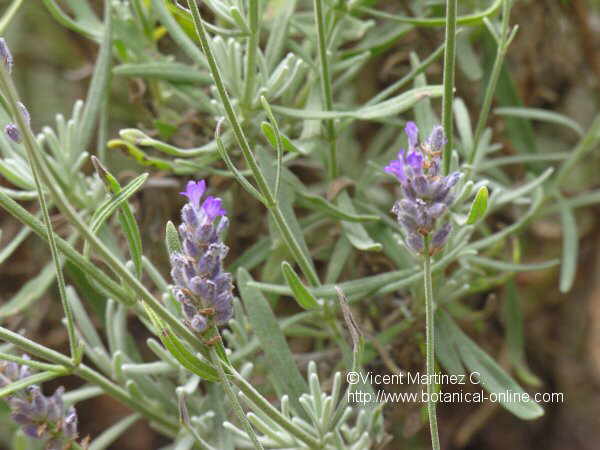 Photo of lavender
Photo of lavender
Perennial shrub of the lamiaceae family of up to 1.5 m. high. Woody stems bearing dense gray short pilosity.
Linear leaves, wider towards the apex or lanceolate, up to 10 cm in length with the edge usually revolute. The young leaves, hairy, smooth and greenish when adult.
Flowers gathered in spikes of violet light at the end of a very elongated flower stems. Spikes from 6 to 10 colored flowers without bracts at the apex, sticky to the touch because of the large amount of essential oil. Purple oval bracts and seven ribs.
Flowers smell like camphor, being a stronger smell than in other lavenders.
Components of lavender
- Essential oil: rich in camphor, linalool, geraniol, borneol, eucalyptol, nerol, dborneol, limonene, farnesene, sabinene, alphapinene, betapinene, betaphellandrene, etc (Flowers) (More information on lavender essential oil)
- Tannins (Flowers)
- Saponins (Flowers)
- Acids: caproic, butyric, coumaric, isobutyric, rosmarinic and ursolic
- Coumarin
Harvest and preservation of lavender flowers
Lavender is harvested at flowering, from mid to late July.
Flowers collected in the morning contain more essential oil and they are more aromatic.
They should be dried in the shade and stored in airtight containers in a dry and dark place.
![]() More information on lavender
More information on lavender

